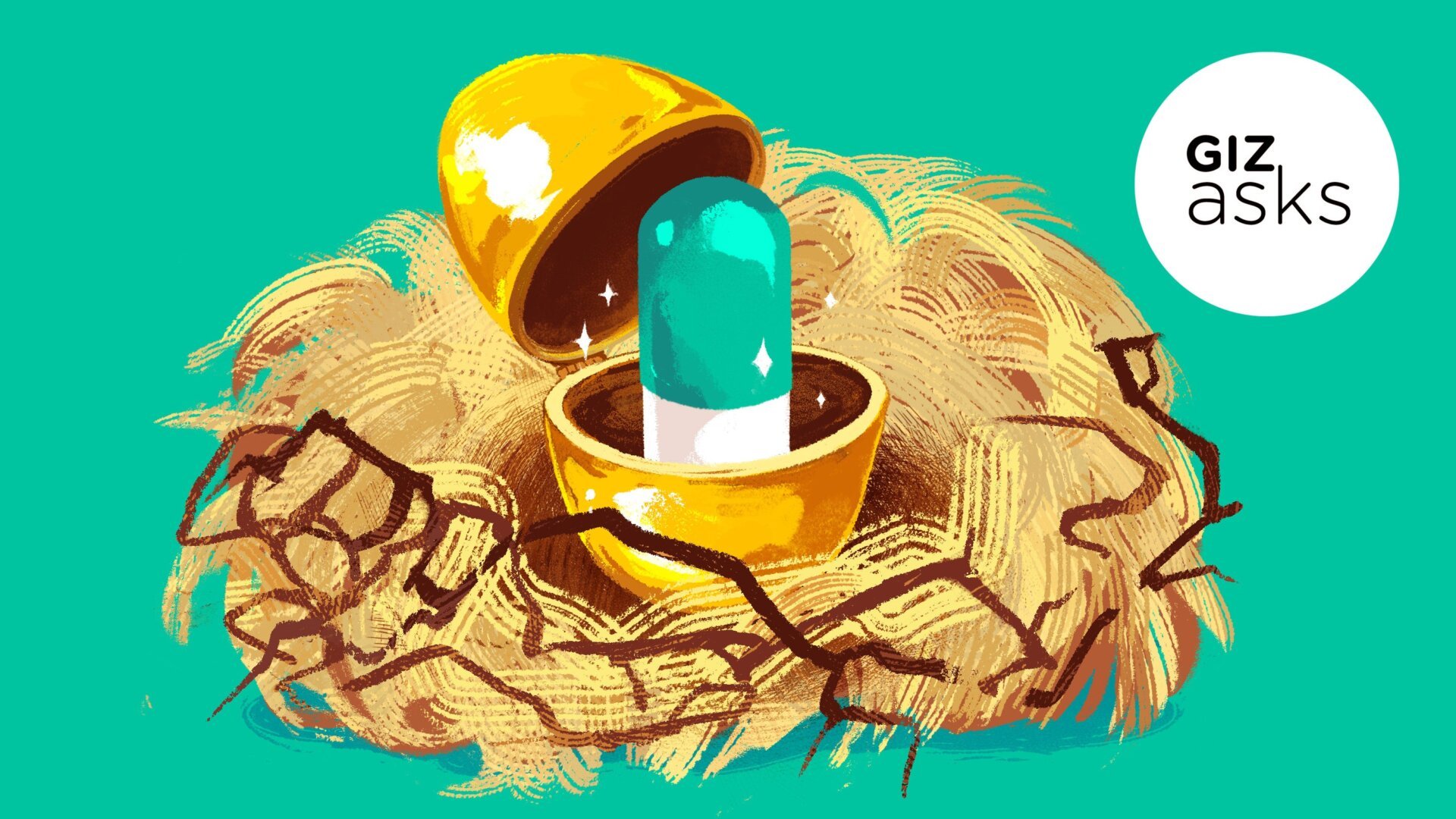The human fascination with altered states of consciousness is a constant thread woven through history. From ancient rituals to modern-day experimentation, the desire to experience something beyond everyday reality persists. This raises a fascinating question: what was the very first substance humans used recreationally, purely for the experience of being high?
This exploration delves into the history of psychoactive substance use, drawing upon expert insights to uncover the earliest examples of recreational drug use.
Alcohol: A Likely Contender
Many historians and anthropologists point to alcohol as the most probable candidate. Ethanol, the intoxicating component of alcoholic beverages, can be produced from various readily available sources like fruits, grains, and tubers. Archaeological evidence suggests that intentionally fermented beverages existed as far back as 11,700-13,700 years ago, with residues found in ancient vessels hinting at the importance of alcohol in early social practices. This predates the development of writing, indicating that alcohol’s intoxicating effects were likely recognized and sought after long before recorded history. Moreover, the widespread availability of fermentable materials across the globe suggests that early humans in various locations may have independently discovered the intoxicating properties of alcohol.
Beyond Alcohol: Exploring Other Psychoactive Substances
While alcohol seems a strong contender, other substances also played a role in early human experiences with altered states. Evidence from a Neanderthal burial site dating back 60,000 years suggests the use of Ephedra, a plant with stimulant properties. This discovery, along with the continued ritualistic use of Ephedra in Zoroastrianism, highlights its long history as a psychoactive substance.
The use of hallucinogenic mushrooms also dates back thousands of years, with evidence found in ancient Siberia and the Americas. These mushrooms, containing varying levels of psilocybin, may have even played a role in the evolution of the human brain, according to some theories.
The Role of Ritual and Medicine
It’s important to note that many early uses of psychoactive substances were intertwined with ritual and medicinal practices. Substances like opium, cannabis, and nicotine were often used in religious ceremonies, shamanistic rituals, or for perceived healing properties. The concept of purely recreational drug use, divorced from these other contexts, appears to be a more recent development. While alcohol may have been enjoyed recreationally for thousands of years, other substances likely gained recreational status later, as their ritualistic and medicinal uses diminished.
The Evolution of Recreational Drug Use
The 19th century marked a turning point in the history of recreational drug use, with the rise of Romanticism and the publication of works like “The Confessions of an English Opium Eater.” This era saw a shift towards the acceptance and even romanticization of drug use for pleasure and exploration of consciousness.
Conclusion: A Complex and Ever-Evolving Story
Pinpointing the very first recreational drug is a complex task, hampered by the limitations of the archaeological record and the evolving definitions of “recreational” and “drug.” While alcohol appears to be the frontrunner, other substances like Ephedra and hallucinogenic mushrooms clearly played a significant role in early human experiences with altered states. The intertwined history of ritual, medicine, and recreational drug use continues to shape our understanding of human interactions with psychoactive substances.











